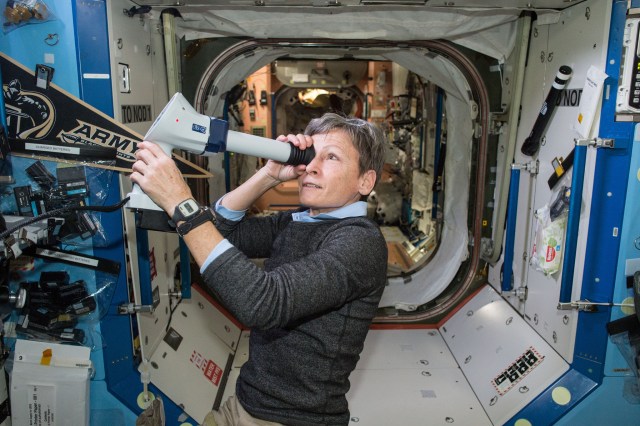The future may not be evenly distributed, but there’s a dystopia-inducing concentration of it in “The Peripheral,” a science-fiction novel by cyberpunk pioneer William Gibson.
Now the novel has been turned into a streaming-video series distributed on Amazon Prime Video, and it turns out that Gibson’s future is more like the present than it was when the book was published in 2014.
“We initiated our writers’ room three weeks before the pandemic hit and the country shut down,” series producer/writer Scott B. Smith recalls. “There’s something called ‘the Jackpot’ in the story, which involves a kind of multi-vector apocalypse. And we felt like we were watching that happening in real time.”
Smith discusses how his team created the screen version of “The Peripheral” — and how Gibson’s world of the future squares with the challenges of the present — in the latest episode of Fiction Science, a podcast that focuses on the intersection of science and technology with fiction and popular culture.










